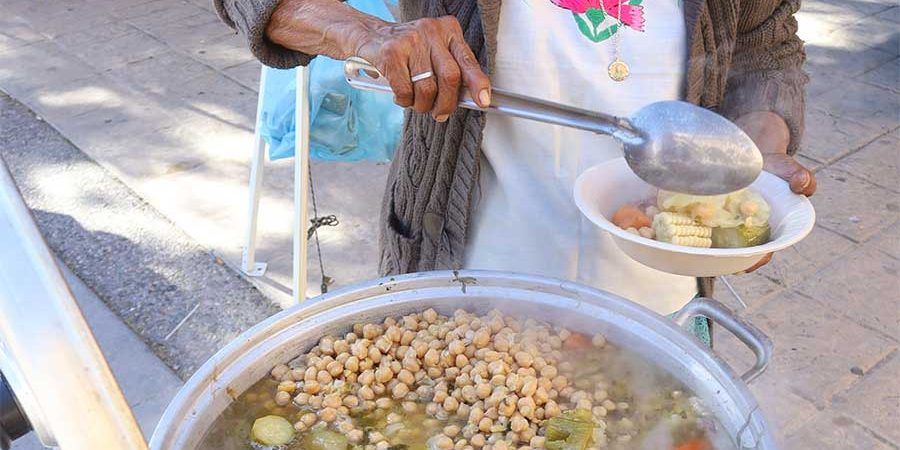Traditional Foods of the Yaqui People of Northwestern Mexico
To date, the Yaqui diet is still largely traditional; prepared in the usual way and with local ingredients by a group of indigenous women, as well as their proximal and chemical composition.





